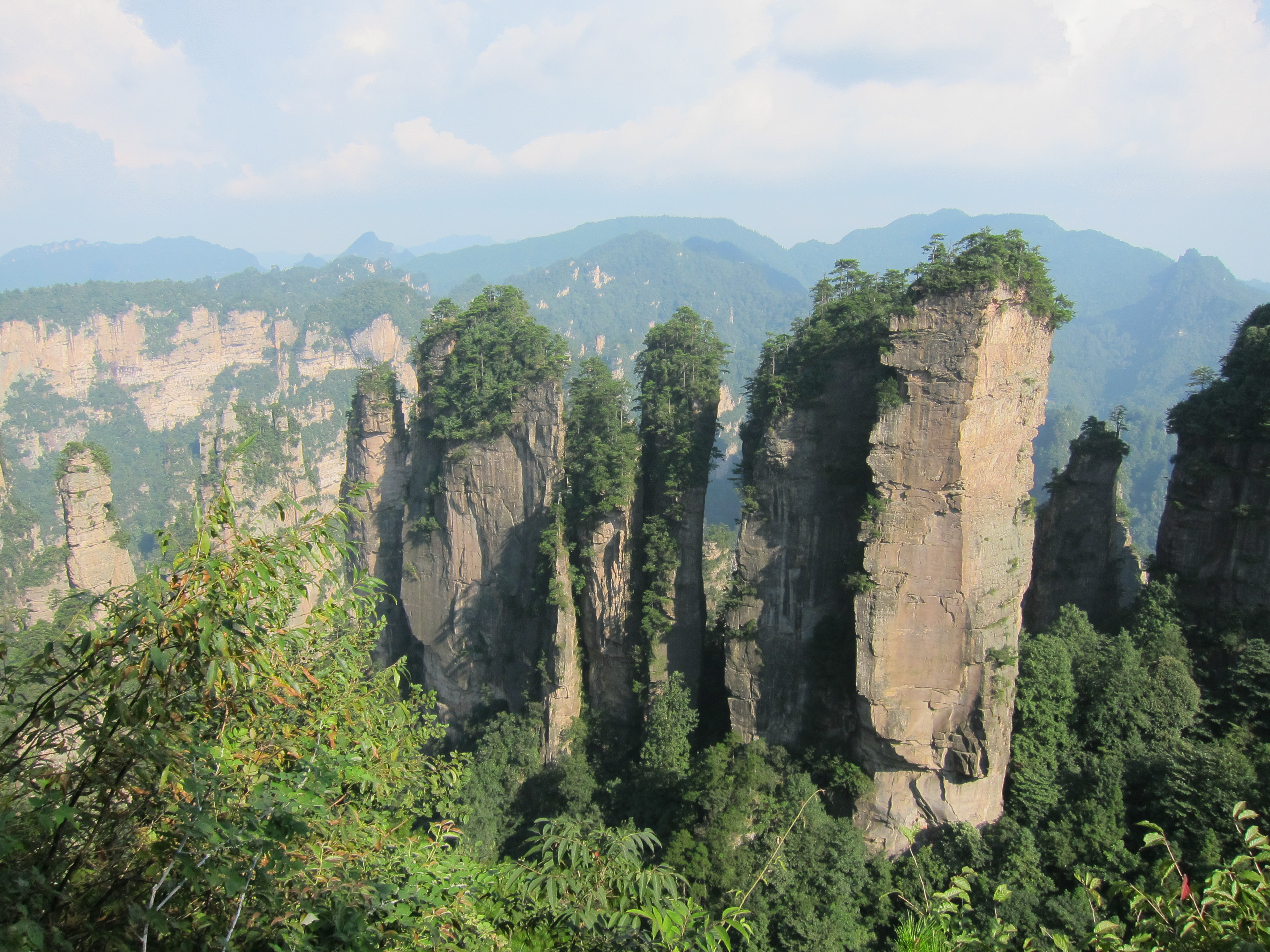
How Many People Live in Zhangjiajie?
Located in the northwest of Hunan Province, Zhangjiajie is a prefecture-level city nestled in the heart of the Wuling Mountains. Renowned for its breathtaking natural beauty, the city encompasses a vast area of 9,516 square kilometers. Administratively, it comprises two districts, Yongding and Wulingyuan, and two counties, Cili and Sangzhi. According to the seventh national census conducted in 2020, the permanent resident population of Zhangjiajie reached 1.52 million.
Administrative Divisions and Population Distribution
Zhangjiajie's population is not evenly distributed across its administrative divisions. The two districts, Yongding and Wulingyuan, being the urban centers, hold the majority of the population. In contrast, the two counties, Cili and Sangzhi, are more rural with lower population densities.
Here's a table illustrating the population distribution in Zhangjiajie:
| Administrative Division | Population (2020) | Area (sq. km) | Population Density (people/sq. km) |
|---|---|---|---|
| Yongding District | 600,000 (approx.) | 2,174 | 276 (approx.) |
| Wulingyuan District | 400,000 (approx.) | 397.6 | 1006 (approx.) |
| Cili County | 300,000 (approx.) | 3,488 | 86 (approx.) |
| Sangzhi County | 220,000 (approx.) | 3,456 | 63 (approx.) |
| Total | 1,520,000 | 9,516 | 160 (approx.) |
Note: Population figures for districts and counties are approximate.
Factors Influencing Population
Several factors contribute to Zhangjiajie's population trends.
- Tourism: As a world-renowned tourist destination, Zhangjiajie attracts millions of visitors annually. This has led to significant population growth, particularly in the service sector, with people moving in for employment opportunities.
- Urbanization: Like many parts of China, Zhangjiajie is experiencing urbanization, with people migrating from rural areas to the cities (Yongding and Wulingyuan districts) seeking better job prospects and living standards.
- Government Policies: China's hukou system, which regulates internal migration, plays a role in population distribution. However, recent reforms have made it slightly easier for people to relocate, potentially impacting Zhangjiajie's population growth.
Looking Ahead
Zhangjiajie's population is expected to continue growing, driven by tourism, urbanization, and government policies. The city faces the challenge of balancing economic growth with sustainable development, ensuring the preservation of its unique natural environment while accommodating its growing population.
FAQs
How big is Zhangjiajie?
Zhangjiajie covers a total area of 9,516 square kilometers (3,674 square miles).
What is Zhangjiajie known for?
Zhangjiajie is famous for its stunning sandstone pillars, lush forests, and deep canyons, inspiring the landscape for the movie "Avatar." It's a UNESCO World Heritage Site and a popular tourist destination.
Is Zhangjiajie expensive to live in?
Compared to major Chinese cities like Beijing or Shanghai, Zhangjiajie's cost of living is relatively lower. However, as a tourist hotspot, prices can be higher than in other, less-visited areas of Hunan province.